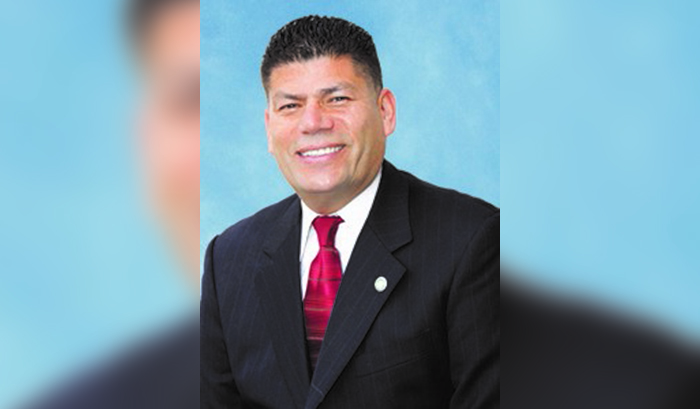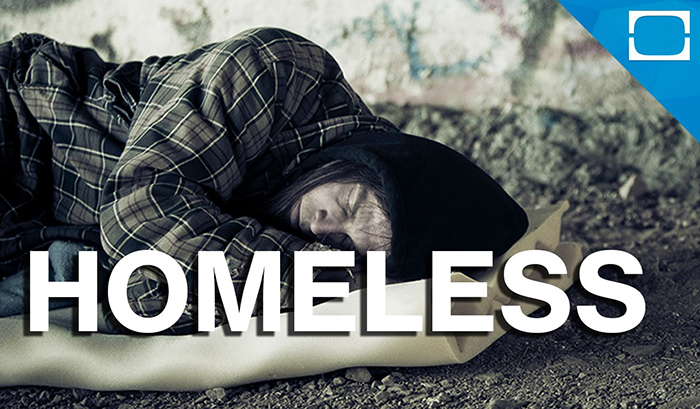Re “Racial Rail Injustice? Phony Liberals Do Their Suitcase Imitation.”
The MTA is not acting in a racist way, says Mehaul O’Leary, just because numerous white neighborhoods enjoy the much less intrusive tunnels or elevated tracks for the Expo light rail system crossings while some black neighborhoods are saddled with more threatening ground level tracks.
Responding to assertions a day ago that the disparity in the preferred track crossing placement in black and white neighborhoods looks suspicious, the City Councilman who serves on the Expo Construction Authority’s Culver City delegation, said the MTA’s verdicts on crossings are dictated by inflexible traffic data, not cultures or ethnicities.
Only One Way
“The MTA has come up with a standard for deciding whether crossings should be elevated or below ground,” said Mr. O’Leary, starting his fifth year on the City Council. “Costs were a consideration. But nowhere along the line did any intersection get bumped because of race or neighborhood demographics.
“We had a baseline of, ‘how much traffic are we talking about?’ That standard was maintained all the way through. And it will be maintained through the white community on the way to Santa Monica through Phase 2 of construction.
Mr. O’Leary strongly replied “not at all” to the question of the back-to-back turndowns by the MTA of black community pleadings for underground or overhead relief in the area of Dorsey High School and a heavily commercial section of Crenshaw Boulevard.
“I have ridden the train,” he said. “I have looked at both crossings. At one of them, the train stops for the signal light on both sides of the intersection. Then it proceeds. A train coming from the other direction follows the same pattern.
“The two trains are not traveling side by side at either intersection.”
It was pointed out to Mr. O’Leary that a considerable risk factor was permanently present because of 3400 children attending nearby schools.
“A similar situation exists with a school northwest of Culver City,” Mr. O’Leary said. “They are just as concerned about a crossing at grade. The same traffic standard was used there.
“We have to be consistent. A train, at some level, always is going to be a concern. Expo is using safety ambassadors (crossing guards) for 12 months after the train is opened.
“There has been outreach by Metro safety ambassadors to all schools within the vicinity of the train tracks. Schools have had presentations by the safety people. As part of Metro’s outreach, they have gone out and taught kids how to deal with trains. It’s going to be very new to children not used to dealing with this kind of traffic.”
The Councilman is convinced that safety has been satisfactorily addressed.
He doesn’t want to stop or rewind.
“If we are going to just stop and not move forward with this crucial piece of public transportation because some school areas or some parents may have concerns regarding their children’s safety, then we are failing from the very start,” Mr. O’Leary said.
“Cities all over the world have trains at ground level. They are able to deal with it.
“I want to be quite clear: Nowhere was there any discrimination with regard to where the crossings would go, above, below or ground level. I have listened to the accusations. I would like to believe I have been able to respond to residents who have accused, who have said ‘Culver City got their needs taken care of, but we haven’t.
“When the train is passing Dorsey High and the Foshay Learning Center, it is perpendicular to the street. With traffic signals, the crossing is very straight forward.”
He offered a final fundamental reminder.
“You always have to be careful crossing, whether with cars or trains,” Mr. O’Leary said.






